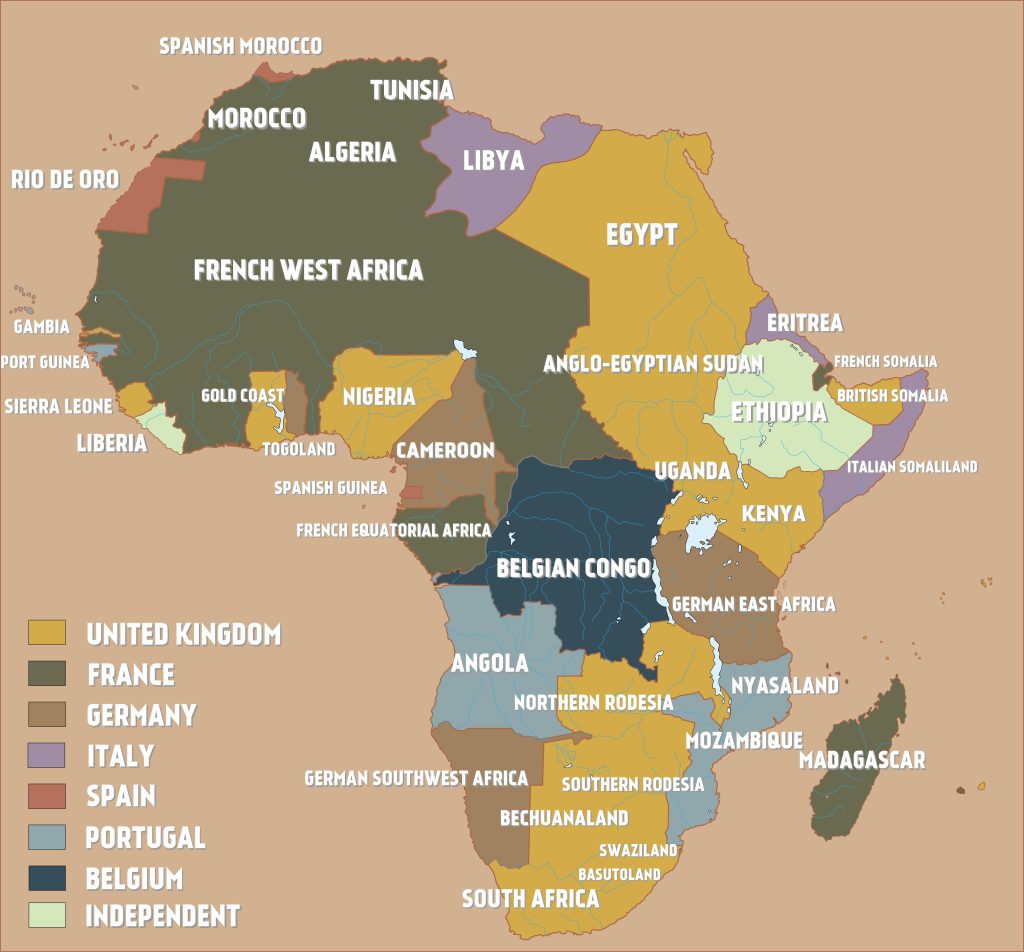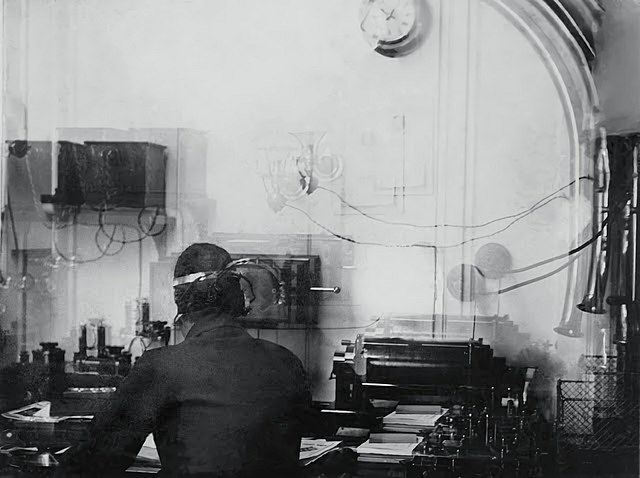
Titanic captain Edward J. Smith boards ship at 7:30 am. At 12 noon, Titanic begins her maiden voyage. While departing, suction from propellers causes New York to break moorings. Collision is averted by tugs and extra speed from Titanic. She heads across the English Channel and arrives at Cherbourg, France at 5:30 pm. 274 passengers board including John Jacob Astor. 22 passengers disembark. She departs at 8:30 pm for Queenstown (now Cobh), Ireland.
Here is a video on YouTube that incorrectly says it is of Titanic leaving Southampton. In reality it is RMS Olympic but you get an idea of what it was like on that departure day in 1912.
Sources:
Books
Behe, George TITANIC: SAFETY, SPEED AND SACRIFICE, Transportation Trails, Polo, IL 1997
Eaton John P. & Haas Charles, TITANIC TRIUMPH AND TRAGEDY, SECOND EDITION, W.W. Norton & Company, New York, New York, 1995 First American Edition
Lord, Walter, A NIGHT TO REMEMBER, Holt Rinehart and Winston, New York, New York, 1955. Multiple revisions and reprints, notably Illustrated editions (1976,1977,1978 etc)
Lord, Walter, THE NIGHT LIVES ON, Willian Morrow and Company, New York, New York, 1986 (First Edition)
Lynch, Don & Marshall Ken, TITANIC AN ILLUSTRATED HISTORY, Madison Press Books, Toronto, Ontario Canada, 1992
Internet














